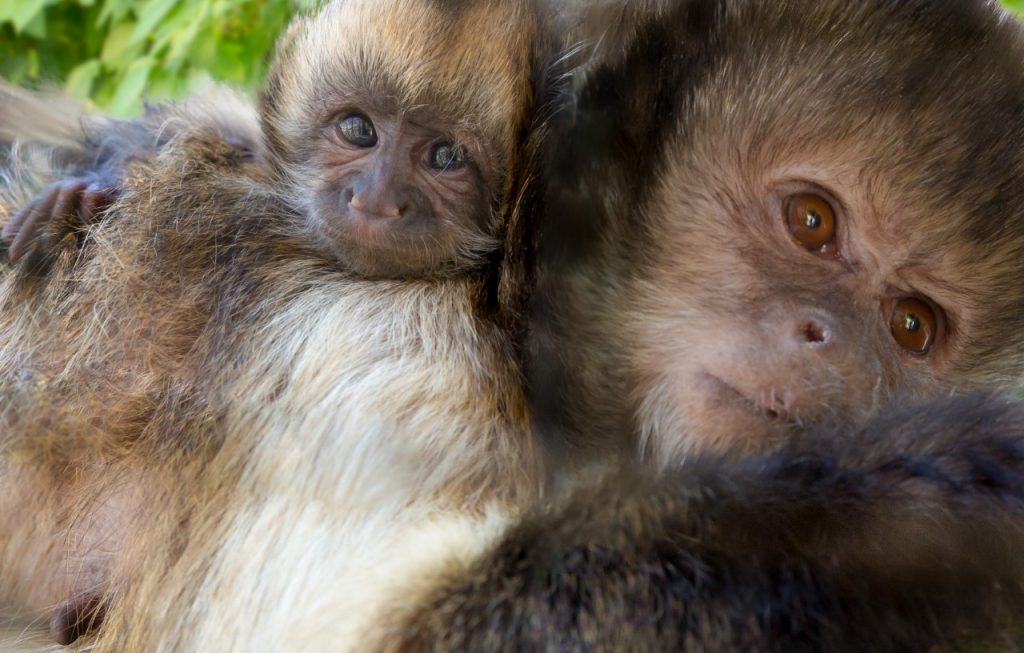Relationship between diet, adipose tissue, body composition, and hibernation in Vancouver Island marmot (Marmota vancouverensis) and model species the woodchuck (Marmota monax)
Citation
Gourlie S, Aymen J, Delnatte P, and Wensvoort J. 2021. Relationship between diet, adipose tissue, body composition, and hibernation in Vancouver Island marmot (Marmota vancouverensis) and model species the woodchuck (Marmota monax). In Brooks M, Koutsos E, and Henry B Eds. Proceedings of the Fourteenth Conference on Zoo and Wildlife Nutrition, Zoo and Wildlife Nutrition Foundation and AZA Nutrition Advisory Group, Virtual.
Abstract
In situ conservation efforts have been underway for the critically endangered Vancouver Island marmot (VIM) since 1997. These charismatic hibernating herbivores, endemic to Vancouver Island, selectively feed on subalpine meadow plants from April to September (Milko, 1984; Martell & Milko; 1986; McAdie, 2018). Differences exist between captive and free-ranging VIMs, including captive-born marmots hibernating for shorter periods, having higher adipose tissue deposits, a higher prevalence of cardiovascular disease, and, upon release, having lower survival rates (Aymen et al., 2021; McAdie, 2018). Extremely limited data is available regarding wild feeding patterns of VIMs, including species and proportion of plants consumed, plant parts consumed, nutritional analysis of plants, and how intake and chemical composition of plants change over the active season. A comparative approach utilizing data from the wild was necessary to determine a recommended n-6:n-3 PUFA ratio that could support hibernation and overall health of VIM in the breeding program.
 21_Gourlie.pdf 310 KB
21_Gourlie.pdf 310 KB








